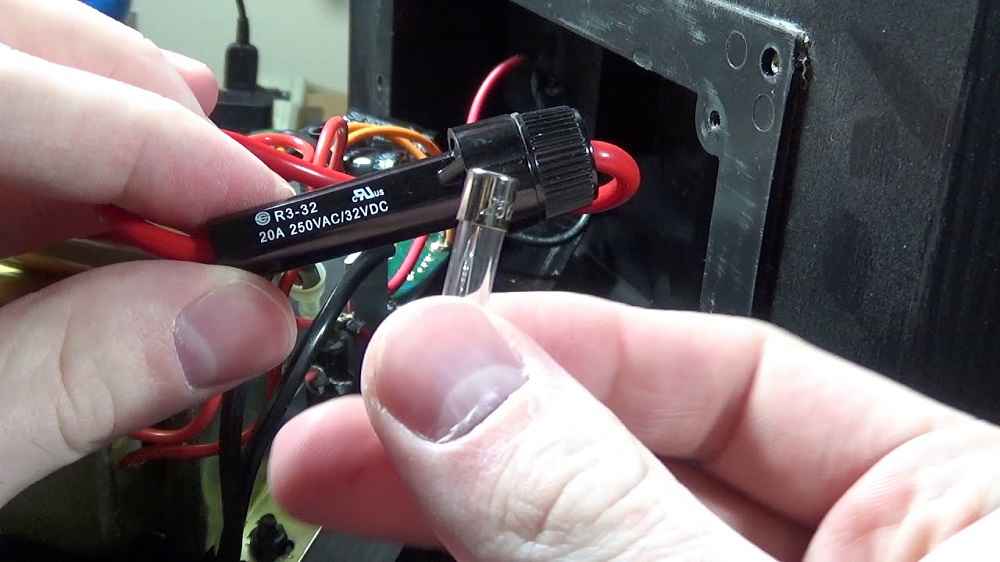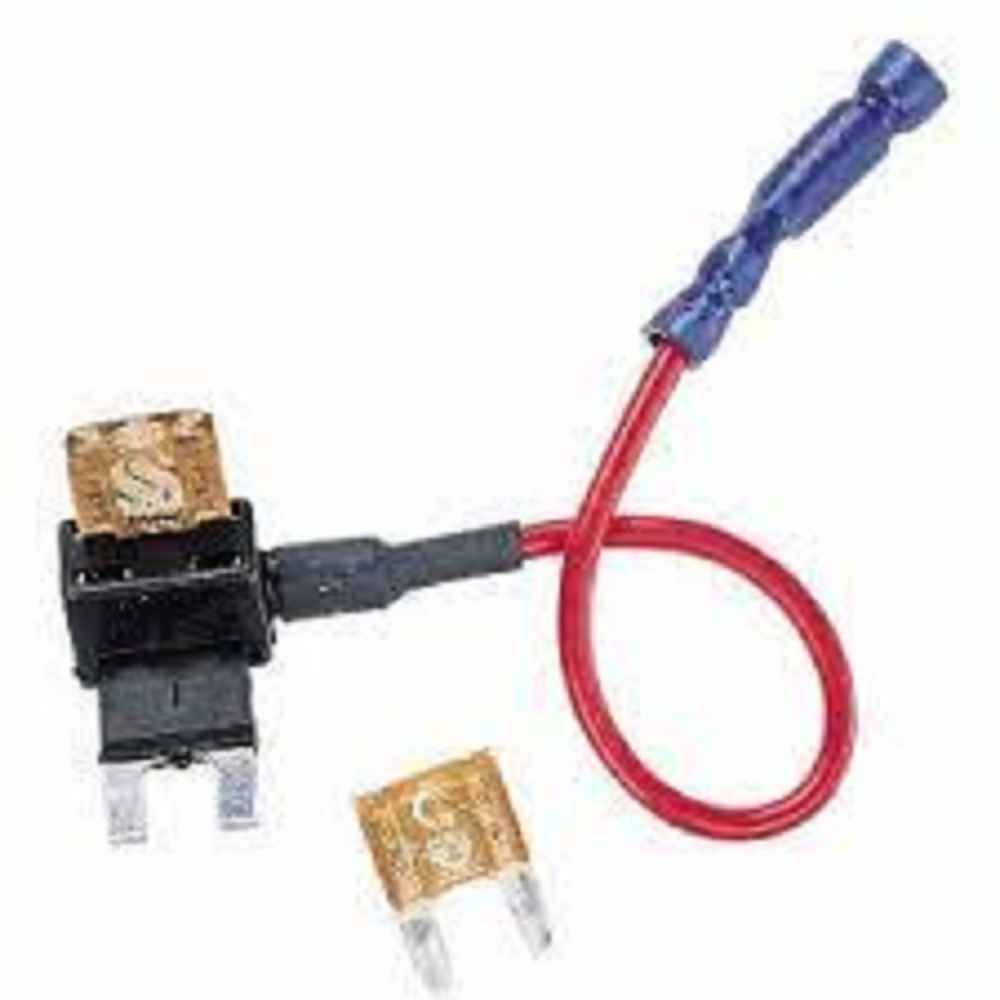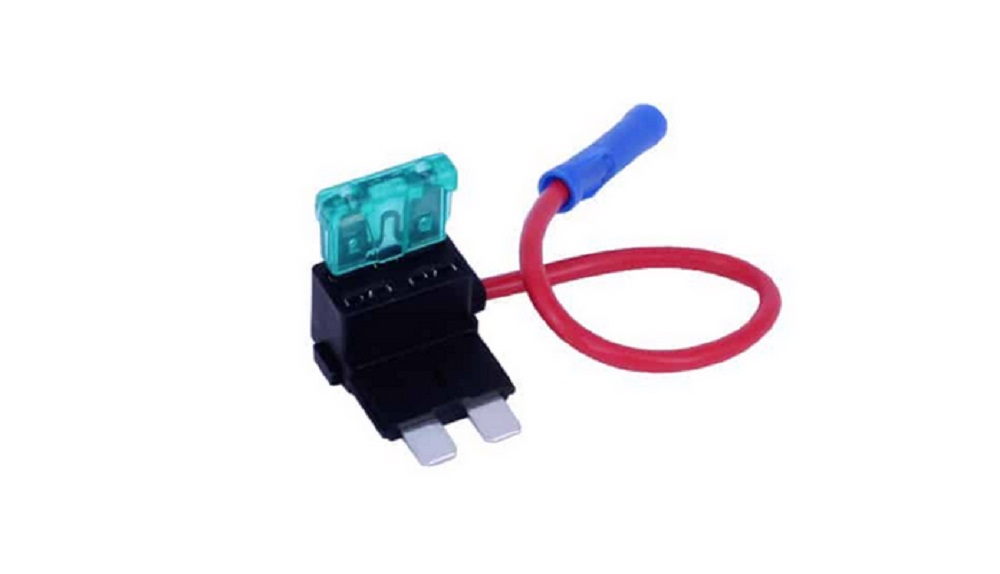One question that is usually asked less often when it comes to car audio systems is what size of fuse should I use for my subwoofer? Since the size of the fuse does not directly affect the audio quality, we tend to overlook its significance.
However, using the wrong fuse size for your subwoofer can actually be dangerous. In this article, you will learn about the importance of fuses, their different sizes, and their various types.

Importance of Fuse for a Subwoofer
A fuse is a safety device that protects your active subwoofer in case of excessive current. An active subwoofer requires a good amount of power to function.
Therefore, it has to be connected to the battery through the power cable. If this cable somehow touches the body of the vehicle (ground), it will create a short circuit, causing a large amount of current to flow into the subwoofer.
Since this amount is more than what is required by the subwoofer, it will damage the subwoofer. Sometimes, the power cable can get so hot that a fire may break out.
To avoid all these dangerous events, a fuse is installed in the subwoofer. The fuse blows itself up in case of excessive current flow and protects your subwoofer as well as the rest of your wiring.
Understanding Subwoofer Power Requirements
The first step in choosing the right fuse for your subwoofer is to determine its power requirements. There are two main specifications to consider: RMS power and peak power.
RMS power refers to the amount of continuous power a subwoofer can handle, while peak power is the maximum amount of power the subwoofer can handle for short periods.
The formula for calculating fuse size based on power requirements is simple: fuse size should be equal to or slightly higher than the RMS power of the subwoofer.
For example, if the subwoofer has an RMS power rating of 500 watts, a fuse with a rating of 500 watts or slightly higher should be used. This will ensure that the fuse will protect the subwoofer from damage, even if it is pushed to its limits.

Types of Fuses
There are two main types of fuses commonly used in car audio systems: slow-blow fuses and fast-acting fuses. Slow-blow fuses, also known as time-delay fuses, are designed to allow brief periods of high current before opening.
These fuses are ideal for subwoofers because they allow for high current during musical peaks without interrupting the performance.
Fast-acting fuses, on the other hand, respond quickly to changes in current and will interrupt the electrical flow as soon as the predetermined level is exceeded.
These fuses are typically used in protection circuits, where the goal is to prevent damage to the equipment as quickly as possible. However, they are not ideal for subwoofers because they may open during high-level musical passages, disrupting the performance.
Factors Affecting Fuse Size
The size of the fuse needed for a subwoofer depends on several factors, including wire size, subwoofer efficiency, and speaker impedance. For example, if the wire size is larger, it will be able to handle more current, so a larger fuse may be required.
The efficiency of the subwoofer is also an important factor, as an inefficient subwoofer will generate more heat and require a larger fuse to protect it.
Finally, the speaker impedance is an important factor, as a lower impedance will require a higher current and a larger fuse to protect the system.
In addition, fusing can also affect the sound quality of a subwoofer. Too large of a fuse can result in a lack of protection, while too small of a fuse can limit the performance of the subwoofer.
Finding the right balance between protection and performance is key, and it’s why it’s so important to get professional advice when choosing a fuse for a subwoofer.
Recommended Fuse Sizes for Subwoofers
To help you choose the right fuse for your subwoofer, we’ve created a table with recommended fuse sizes based on power requirements.
The table takes into account the factors we discussed earlier, including wire size, amplifier efficiency, and speaker impedance.
Use the table as a starting point, but keep in mind that the final decision should be based on a professional assessment of your specific system.
Here is an example of a recommended fuse size table:
Subwoofer RMS Power (Watts) | Recommended Fuse Size (Amps)
500 | 40
600 | 40
700 | 50
800 | 50
900 | 60
1000 | 60
As you can see from the table above, the recommended fuse size increases as the subwoofer’s RMS power increases. Keep in mind that these are just rough guidelines and that your specific system may require a different fuse size.
Safety Considerations
In addition to choosing the right fuse size, it’s also important to consider safety when installing a subwoofer in a car audio system. Fusing is a critical component of any electrical system, as it protects both the equipment and the electrical system of the car.
It’s essential to follow best practices and use a professional installer to ensure that the system is properly fused and protected.
Some common mistakes to avoid include using the wrong type of fuse, installing the fuse in the wrong location, or using the wrong gauge of wire. These mistakes can result in poor performance, reduced protection, or even damage to the equipment.

Conclusion
In conclusion, choosing the right fuse for your subwoofer is critical to ensuring its performance and protection.
Understanding the subwoofer’s power requirements, the different types of fuses, and the factors affecting fuse size is key to making the right choice.
Remember to use a professional installer, follow best practices, and always prioritize safety. With the right fuse in place, you can enjoy your subwoofer to the fullest.
What is the difference between a slow-blow and fast-blow fuse?
A slow-blow fuse is designed to allow temporary high in-rush current to flow without tripping, making it suitable for use with subwoofers. A fast-blow fuse, on the other hand, trips quickly when the current exceeds the rated value.
Can I use a fuse with a higher amperage than the recommended value?
While a fuse with a higher amperage than the recommended value won’t harm the subwoofer, it will reduce the protection provided by the fuse.
If the current exceeds the rated value, the fuse will not trip, potentially causing damage to the subwoofer or the car’s electrical system.
Can I use a lower amperage fuse than the recommended value?
Using a lower amperage fuse than the recommended value can be dangerous and can result in a fire. A fuse with a lower amperage rating will trip more quickly, potentially causing damage to the subwoofer or the car’s electrical system.
How often do I need to replace the fuse for my subwoofer?
Fuses don’t typically need to be replaced unless they have tripped. If the fuse trips frequently, it could be a sign of a problem with the subwoofer or the car’s electrical system. In this case, it’s best to have the system inspected by a professional.
Can I use a fuse with a different voltage rating than the subwoofer’s voltage requirement?
It’s important to use a fuse with a voltage rating that is equal to or greater than the subwoofer’s voltage requirement. Using a fuse with a lower voltage rating can reduce the protection provided by the fuse and potentially cause damage to the subwoofer or the car’s electrical system.
